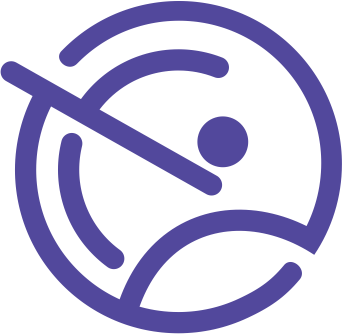One of my favourite pastimes is movies. 📽️
While different people have different reasons for watching movies, I enjoy good storylines, especially the ones where a character is developed slowly and intentionally. Like how Marvel spent years of our lives developing superhero characters in the build up to Avengers: Endgame. I also enjoy dramas like The Pursuit of Happyness where the director allows us to experience the spectrum of emotions felt by the star character on his journey to financial freedom.
Business Analysts are special people💪. We are blessed with an ability to connect with different sources of data and, after spending time looking at what we might consider endless possible nodes, we come up with this complex set of information which is supposed to help us drive meaningful change within the business. Unfortunately, sometimes we need to share this “change” with people who are not equally passionate about data😩😩, hence we have this burden of creating a compelling vision for business transformation. That is where storytelling becomes a powerful weapon.
Benefits of Storytelling
- Stories build connection between the storyteller and the listener
- Stories ignite the emotional part of our brains which aids memory.
- Stories build attention and empathy
- Stories enhance comprehension
- Stories leave a memorable impact on the listeners
Character Development. Plot Refinement
Before you can properly tell a story, whether using a dashboard or a business case, you need to understand the characters in your story and your audience. This often requires a lot of time and patience. Some time ago, I needed to support an enterprise transition from an on-premise solution to a cloud-based one. After several days of observations, analysis, workshops, interviews, it was finally time to present my findings to management. By developing the different characters and a central theme, I was able to communicate to the various levels of stakeholders🥳🥳.
How we frame the business challenge – not as raw data read off Excel spreadsheets, but as a great story with life and soul – helps stakeholders visualise the urgency we are trying to address. Granted that throwing technical jargon at stakeholders may make you sound intelligent, patiently helping them visualise the situation makes you sound empathetic. The central theme, plot and storyline has to evoke emotion. This is how you get stakeholder buy-in.
Great Stories Evoke Emotion
I used to read stories about people sitting around bonfires listening to folklore. Most of those stories became what we know today as urban legends. How so? Those storytellers connected emotionally with their audience. Likewise, as business analysts, we can use real-world scenarios, customer feedback/testimonials, etc to help make the case.
I have experienced situations where stakeholders appeared resistant towards a particular change initiative that was supposed to benefit the business. The solution? Make them heroes in the stories.
The Climax
Almost every good movie builds up to the point where the protagonist overcomes adversity. During your plot, you must have clearly defined who the protagonist would be – the user, the management, the customer service team, etc. Our job as business analysts is to present the solution that saves the day, and the presentation matters a great deal. A dull, bullet-point list of features won’t inspire as such. Creativity requires that we dig into our producer/director trick bucket and frame it properly.
The Business Analyst’s Toolkit
The beauty of the profession is that we have a wide array of tools at our disposal. We have journey maps, process flows, wireframes, you name it. Now we have AI. These are meant to help us communicate our ideas visually. The important thing is how we use them.
Imagine attending a workshop where two speakers share the same data about the recent decline in online sales for a fashion brand. The first one shares numbers and bullet points to emphasise the possible dates and relevant information, while the second presents a perfectly curated dashboard of infographics and charts showing timelines; they sprinkle a few emojis for effect. Who would have told a better story?
Become the Storyteller
Storytelling is more than a soft skill—it’s a strategic tool that can make business analysis more effective and impactful. Just like in the movies, where stories bring characters to life and immerse audiences in new worlds, storytelling can transform abstract data into compelling narratives that drive engagement, alignment, and action.
By understanding stakeholder motivations, crafting engaging problem statements, creating emotional connections, and presenting solutions as resolutions, we can ensure that our work doesn’t just inform but inspires change.



